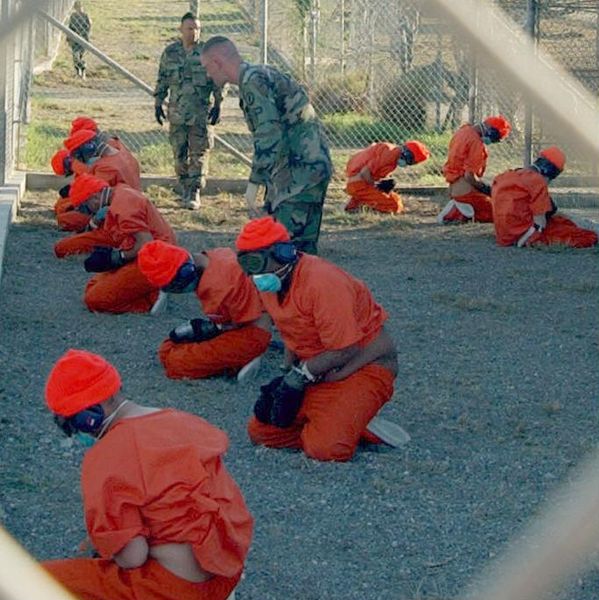
By Michael Hernandez
WASHINGTON (AA) — The Obama administration on Tuesday sent Congress a plan to shutter the prison at Guantanamo Bay, setting the stage for a showdown with lawmakers.
“It’s been clear that the detention facility at Guantanamo Bay does not advance our national security. It undermines it,” President Barack Obama said in an address to the nation, nine years after he pledged to close the facility as a 2008 presidential candidate.
Acknowledging the political hurdles that lie ahead, Obama said, “the politics of this are tough”.
Still, Obama remained adamant. “I don’t want to pass this problem onto the next president whoever it is,” he said.
“Are we going to let this linger on for another 15 years, another 20 years, another 30 years?”
The plan, which had to be submitted to Congress by Tuesday, seeks to build a new housing facility at one of 13 proposed sites across the U.S. for detainees who cannot be transferred to foreign countries or who are subject to ongoing military trials.
Potential sites range from federal and state prisons to military detention facilities, but the proposal does not specify the exact locations in question, nor does it endorse any site.
Congressional Republicans, who are currently in control of both houses, have strongly objected to any proposal that seeks to transfer inmates to the U.S., and included language in last year’s defense appropriation bill to bar the president from doing so.
“I remain committed to blocking the transfer of Guantanamo detainees anywhere in the United States,” Sen. Jerry Moran said in a statement.
Fort Leavenworth, which is located in his home state of Kansas, is one of the sites the Pentagon surveyed last year as a potential transfer point.
“We must safeguard the missions on Fort Leavenworth, the nearly 14,000 military and civilian personnel and their family members, and the thousands of Kansans who live in the Leavenworth community,” Moran said.
While Congress has prevented the administration from doing precise cost and planning work, a senior administration official who briefed reporters on condition that he not be named said that the administration has made its estimates within current legal constraints, “but they’re not the kind of precise estimates that we would ultimately need and expect to have in asking Congress for the funds to do this”.
Still, he said moving the remaining prisoners from Guantanamo to a domestic prison would save between $65-$85 million per year.
The one-time transition cost of $290-475 million would be off-set within three to five years, according to the proposal.
All of the proposed sites would require upgrades to cells, construction of or upgrades to existing medical facilities, added surveillance equipment, and secure sites for classified work.
They would further require the construction of office spaces and a secure courtroom for military court proceedings.
Of the 91 inmates remaining at the facility in Cuba, only 35 are eligible for transfer to third countries.
The senior official said that he is “optimistic” that they will be transferred “in the next several months”. “We anticipate getting the population down below 60 later this year,” he said.
An additional 10 inmates are in the process of a military trial, and the remaining 46 are up for review.
Annual operating costs would also drop by as much as $180 million if the prison population is lowered to between 30-60 inmates and if the site was moved to the U.S.
[Phtoto: US Camp x-ray detainees held without trial against international law, Guantanamo Bay. Photographer: Shane T McCoy/US Navy/Creative Commons]